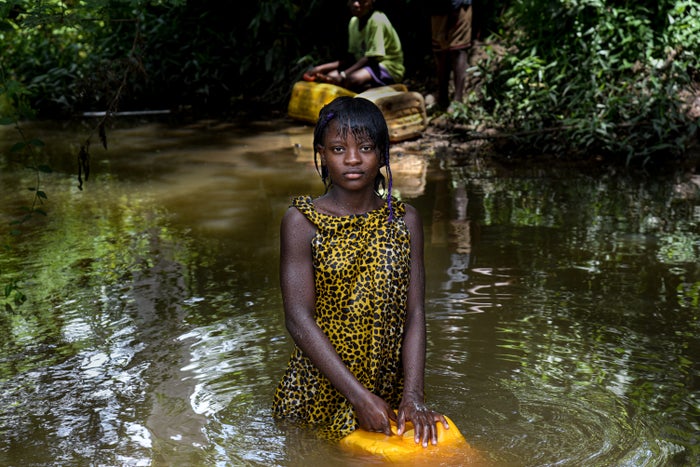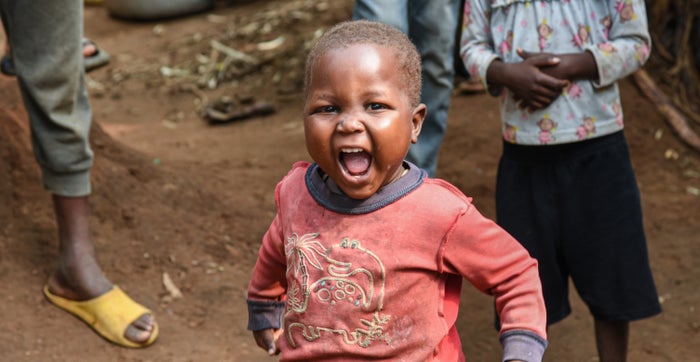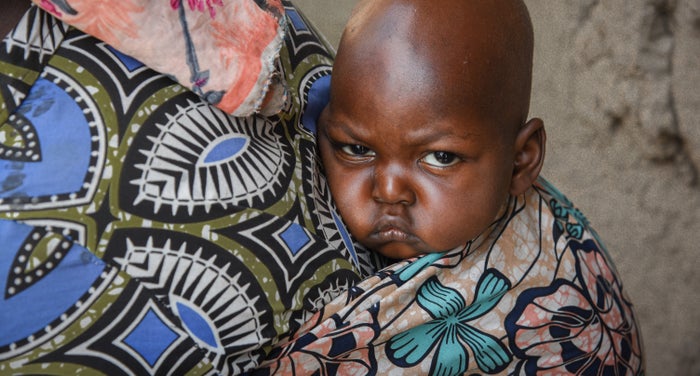In 2022, East DRC saw a dramatic increase in violence.
Thousands of families are now displaced, hunger increased, many children's educations paused and overall, the need was far greater than anyone foresaw or was prepared for.
At times security had to call it.
The situation was just too dangerous for our staff.
Despite this, we still saw some big wins in the fight against child malnutrition, social cohesion, animal breeding programs, climate resistant farming, business start ups, empowerment of women through livelihoods and savings groups and children learning.
Scroll down and be encouraged, because in 2022, your gifts helped hope prevail!

It's a hop, skip and a jump in the ongoing fight against child malnutrition. In 2022, the breeding of animals such as rabbits and sheep significantly contributed to the health and nutrition of children. The breeding programs also increased household incomes. At first many children were hesitant about helping with the rabbits, but as you can see here, bunnies are a big hit!
Rodrigue Harakandi
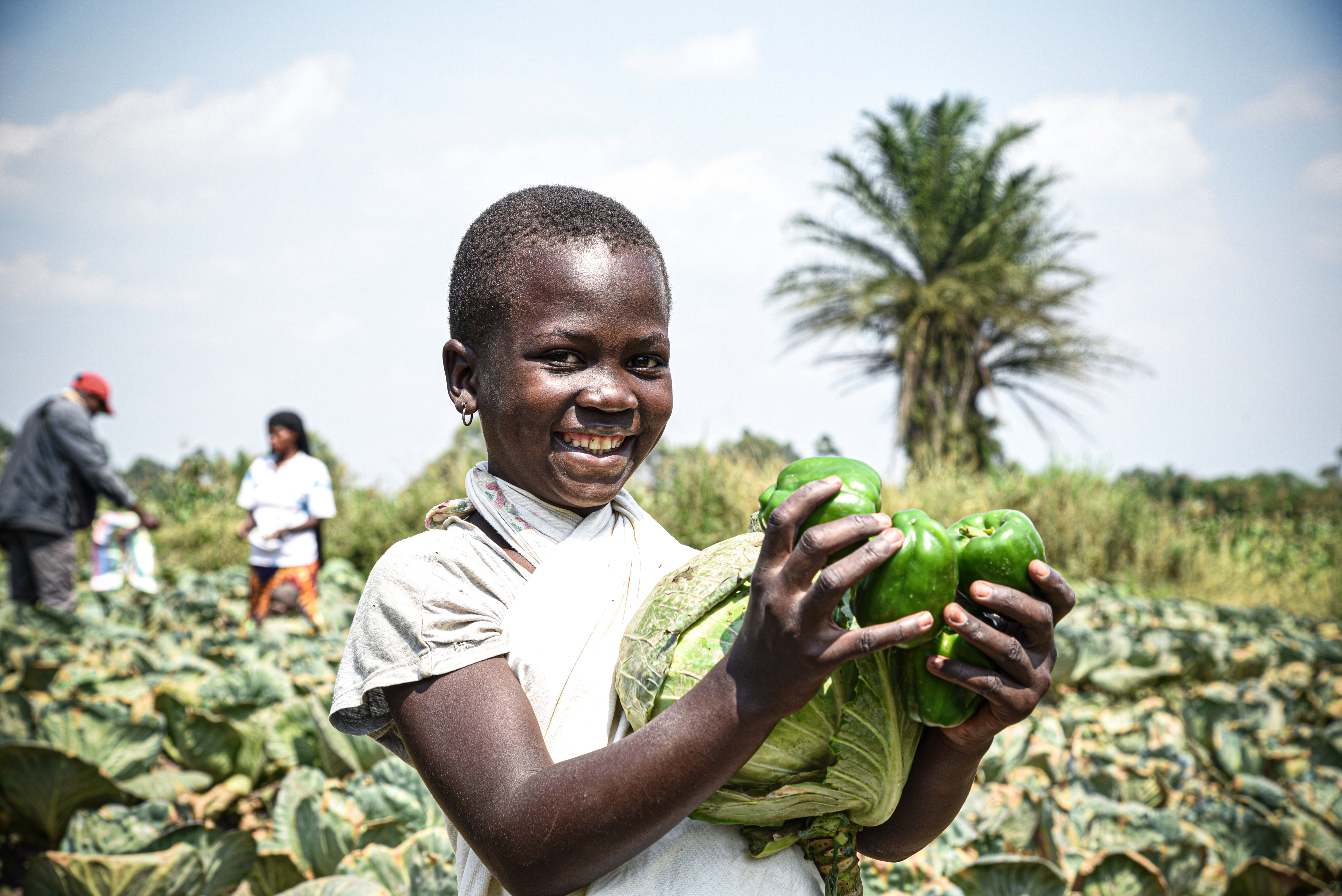
Estha smiles, with arms full of the produce harvested by her family. Her mother, Abenita, is a member of the Kisharo farmers group. This group harvests more than 10 tons of cabbage and other vegetables each season. CHR has provided seeds and agricultural training every year since 2020. This program aims to help fight malnutrition in children and increase household income through agricultural activities.
Rodrigue Harakandi

You cannot build a fruitful future without water. The restoration of dried-up wells, ongoing monitoring and identification of new water sources is a major initiative to help improve the lives and health of the Binza communities. Water sources are monitored by different community groups. This encourages social cohesion and allows for overall improvement of health and hygiene whilst also assisting with agricultural projects. Water helps to build futures, and in 2022 your CHR gifts really let it rain!
Rodrigue Harakandi
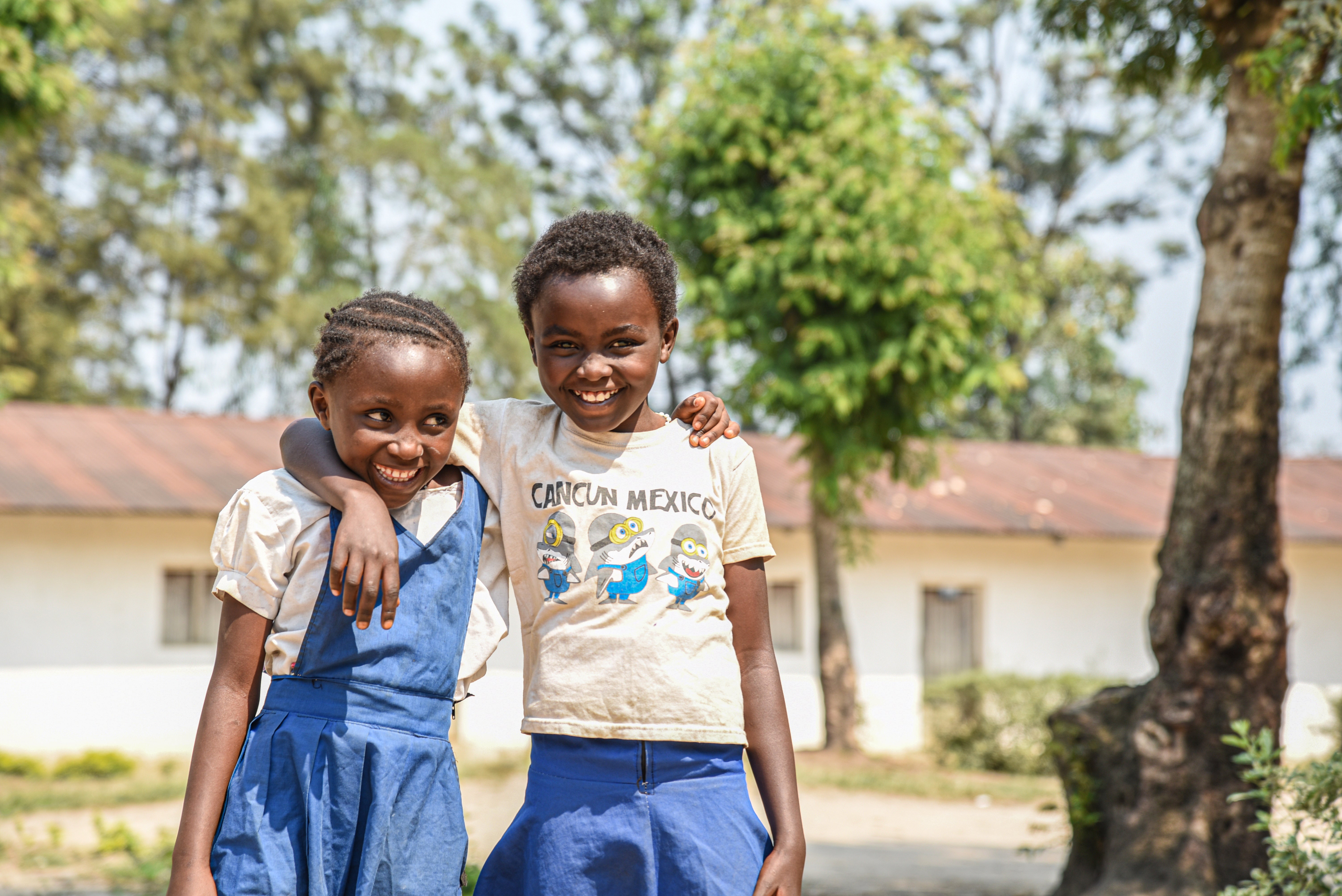
Irene and her little sister Eugene at Kisharo Primary School. Their mother, Florence, is a member of the daughters of S4T (Saving for Transformation) group. The S4T group has allowed Florence to build her own business, selling charcoal. Her income and savings mean access to healthy food for the family and the children now go to school, and love it
Rodrigue Harakandi
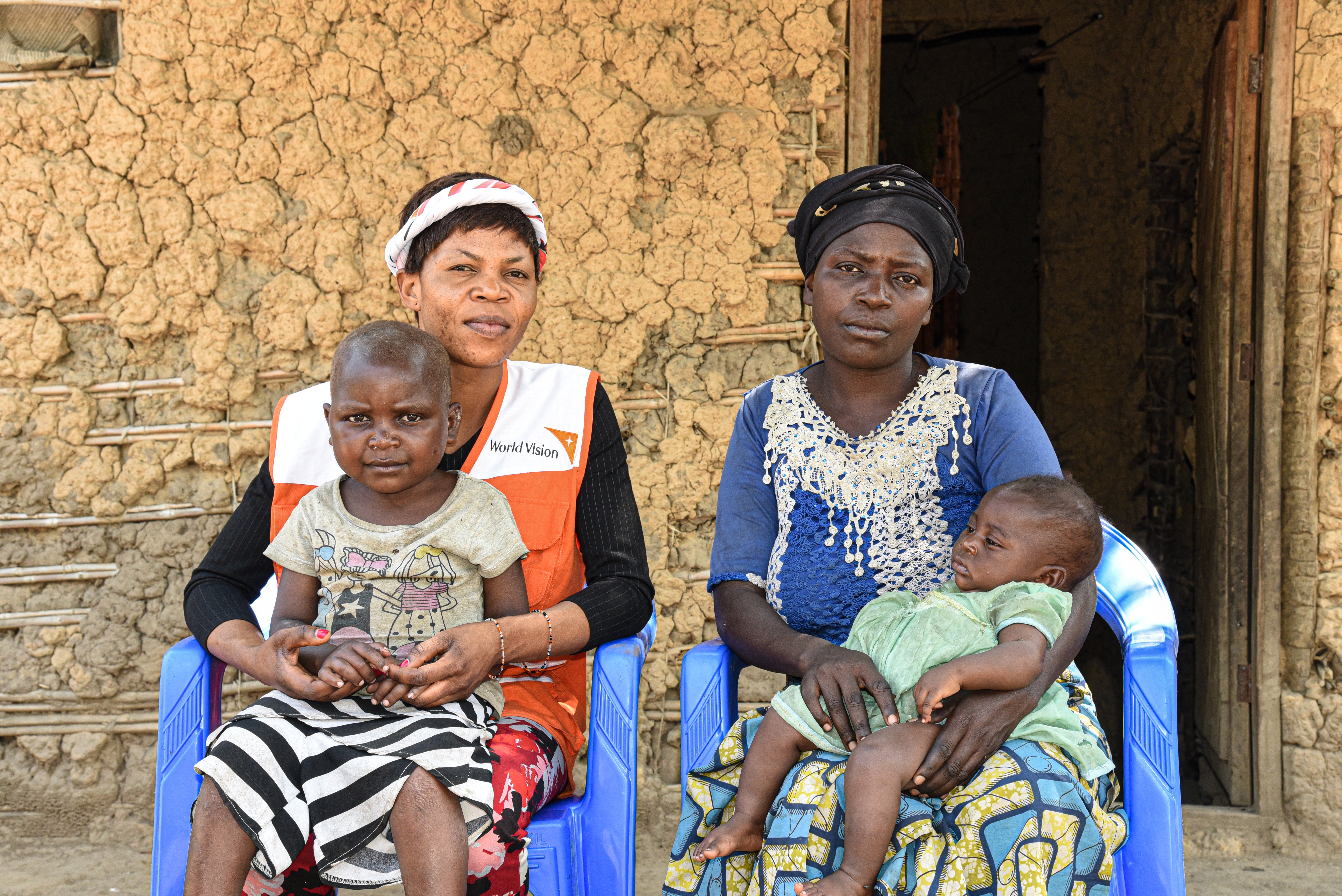
Jusline (left) is 7 years old. If you saw her last year you would never believe this was the same child. She suffered from malnutrition since she was 5 years old. At the age of 6, Jusline was prevented from starting her school because of her mental and physical condition was so far behind. She was deeply upset, having dreamt of becoming a schoolgirl. Thankfully, World Vision nutritionist Bénédicte (left), spotted her during a mass child screening for malnutrition. Jusline was admitted to Nyamilima General Hospital and given immediate attention. Upon her release, Bénédicte began regular visits to Jusline's home. Jusline's mother said that she is preparing for Jusline to start her studies next September.
Rodrigue Harakandi
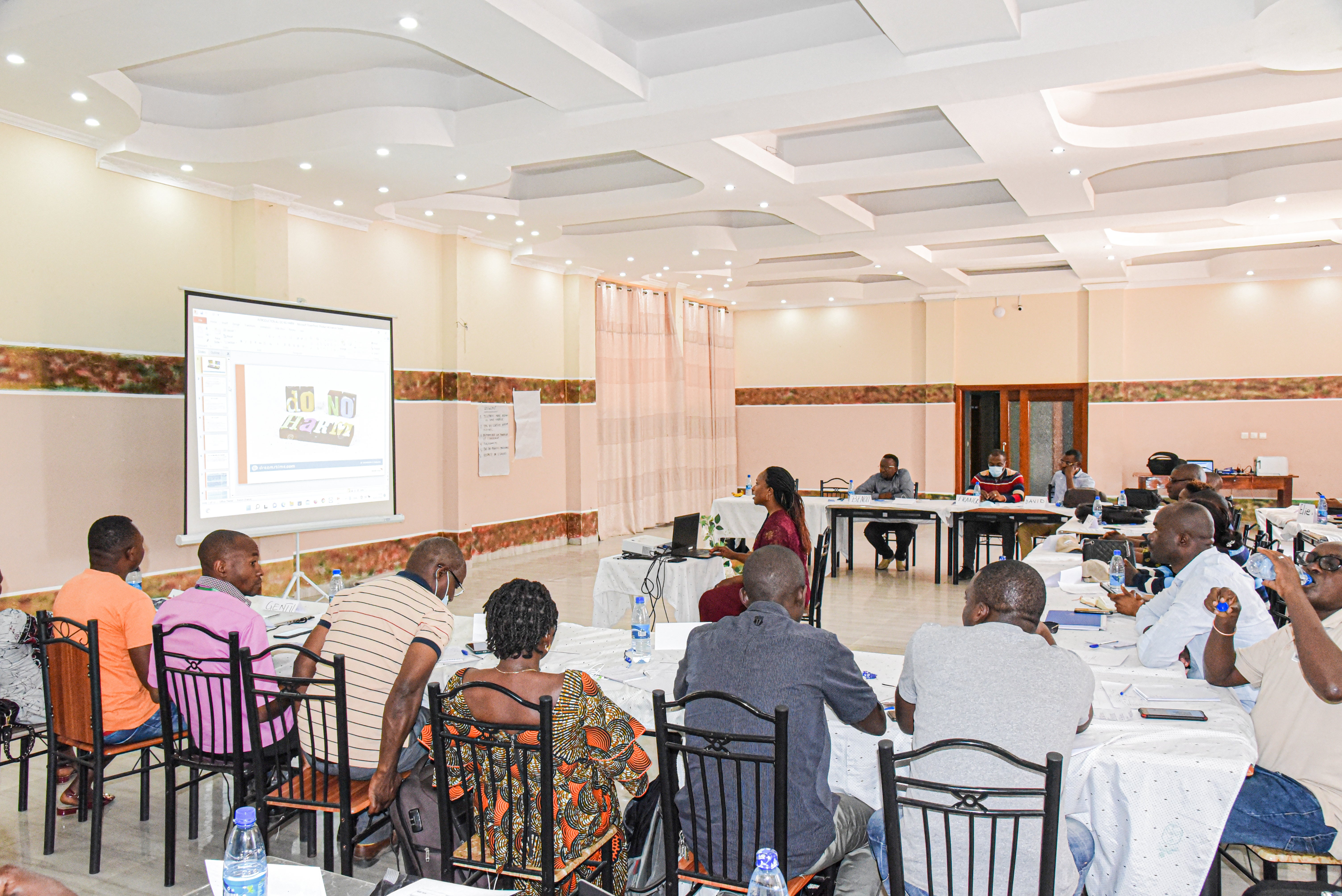
Ongoing training and community consultation is key to Childhood Rescue programs ensuring child well-being and cultural sensitivities are understood and respected. Here, staff attend training in child protection and safeguarding.
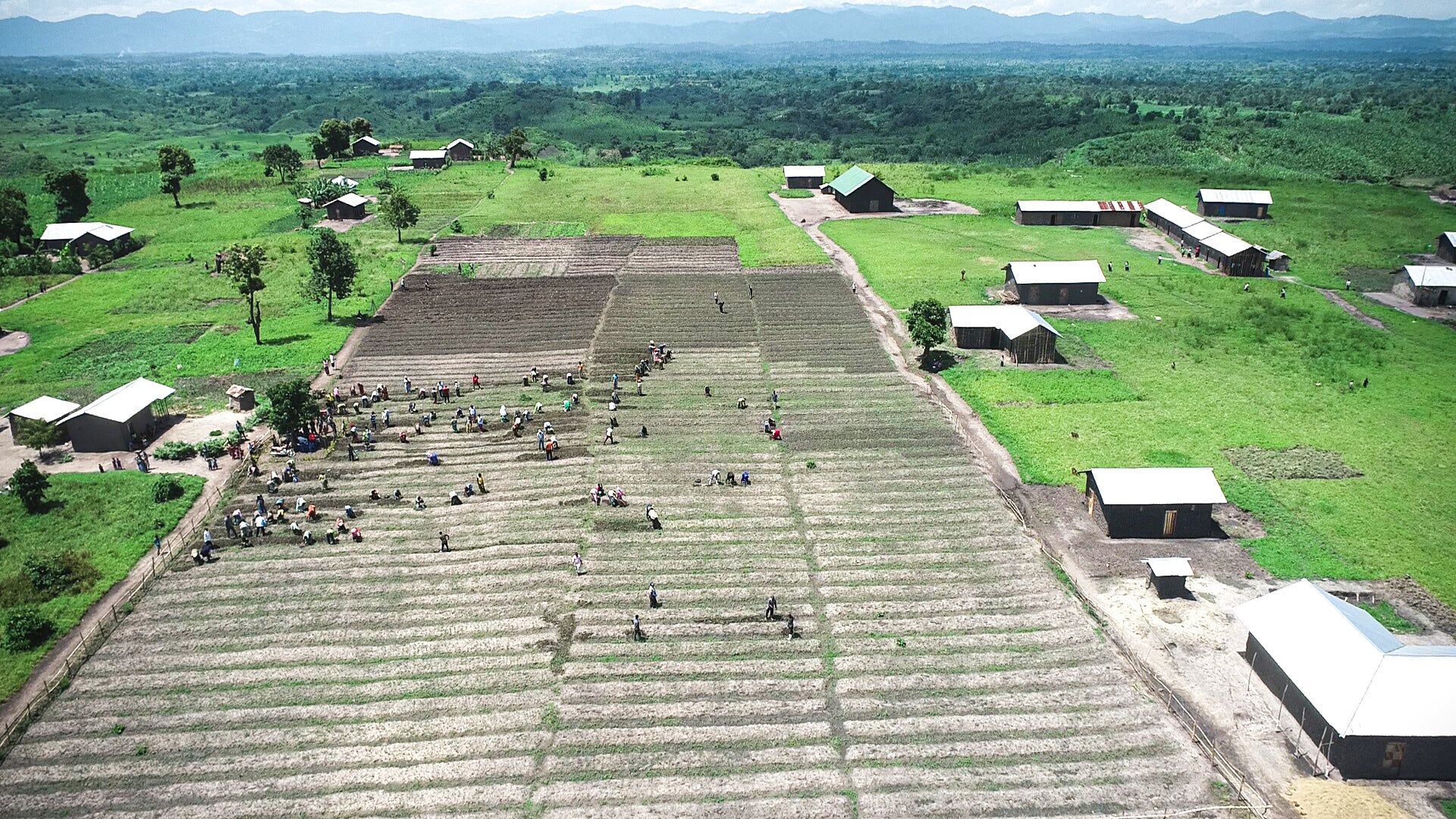
In Binza, groups of farmers meet twice a week to work together in their fields. Through the Childhood Rescue agriculture program, they learn new farming techniques, including farming for climate resistant crops, such as cabbage. The members of these groups come from different ethnic, religious and social groups. They choose to unite and farm together with the common goal of peace and building a future. The farming groups help to strengthen social cohesion in areas that once experienced much ethnic conflict.
Rodrigue Harakandi
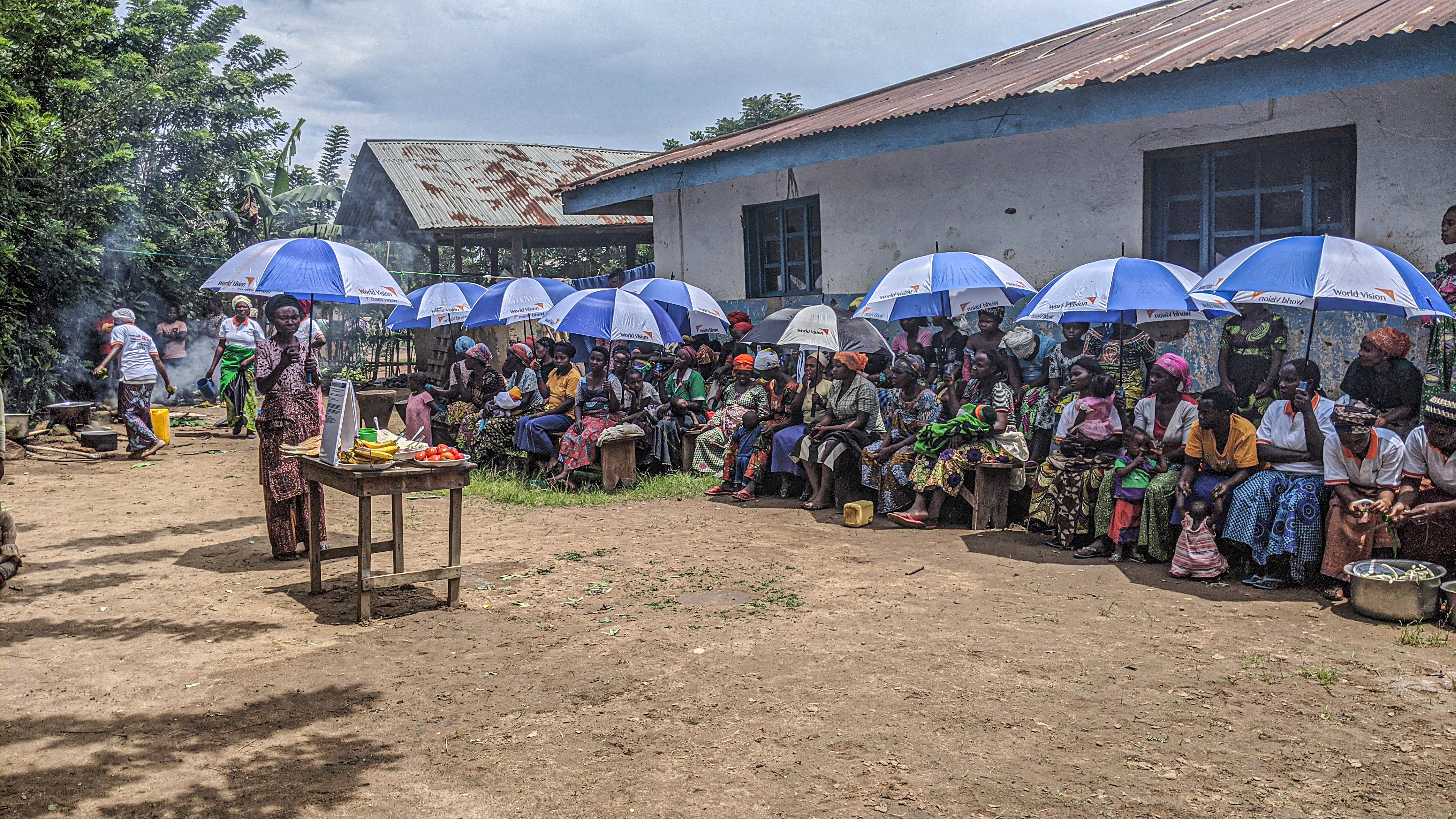
Mothers come together in the fight against child malnutrition. Seen here, (mostly) mothers learn how to mix and choose foods available at the local market, ensuring they can prepare and cook balanced meals to improve the health of children.
Rodrigue Harakandi
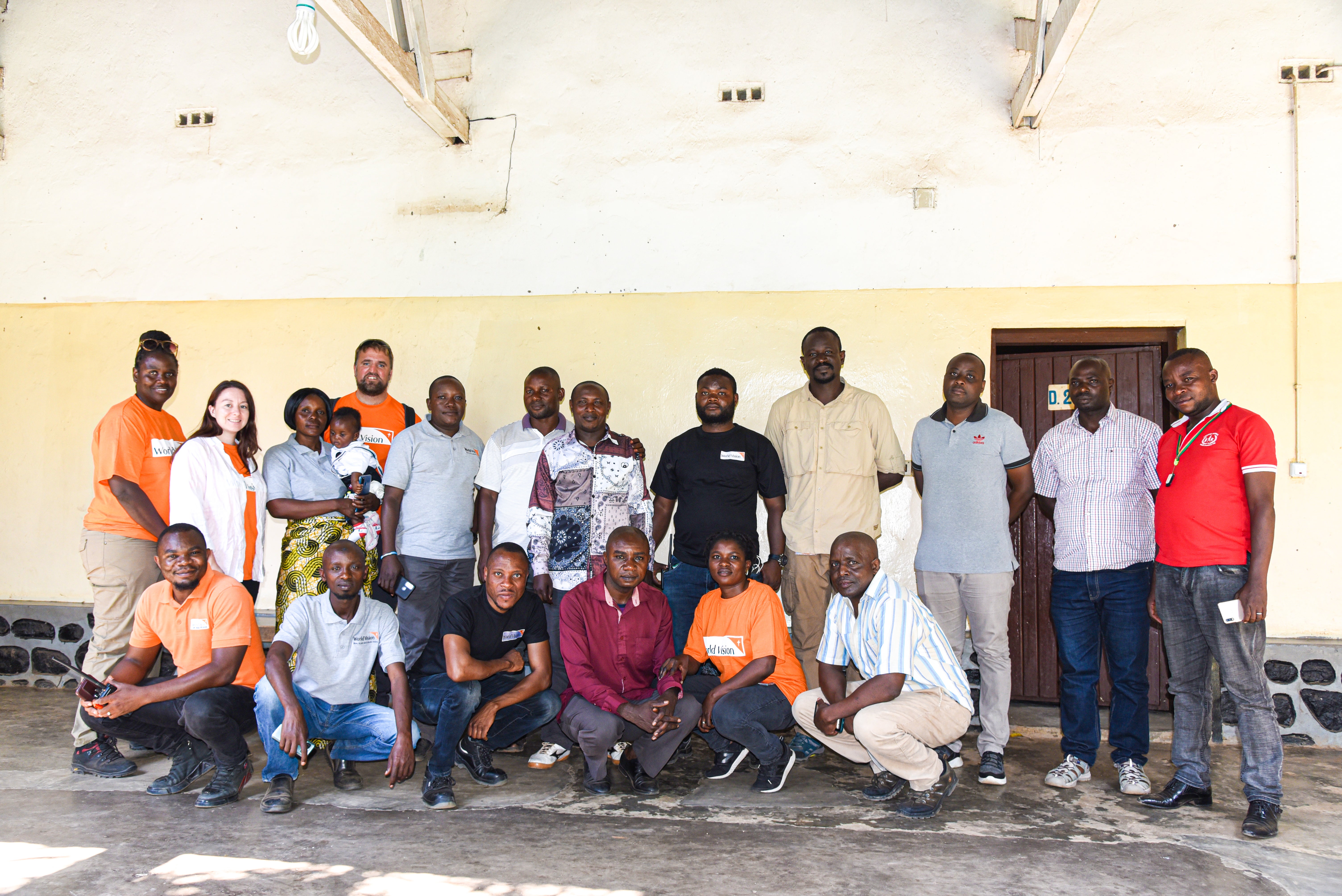
Childhood Rescue programs would not exist without our security teams. Here, the security and communications staff meet to discuss the recent issues raised by communities facing ongoing danger and threats. Communities choose to partner with us. Relaying local context information provides invaluable information that helps keep our staff and distribution items safe whilst travelling.
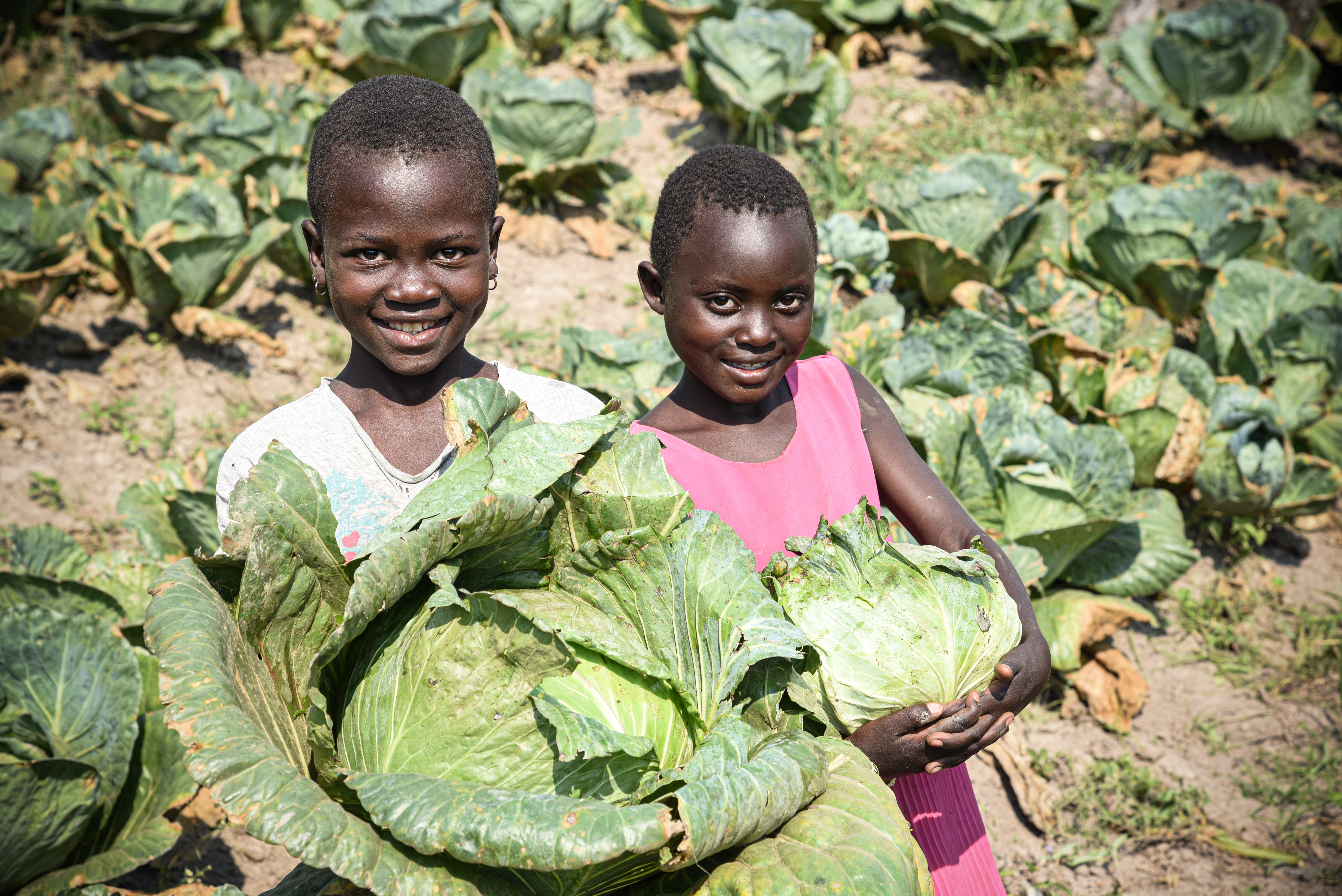
Estha and her friend Dorika in their family field. '’Estha's favourite meal is cabbage with rice, she really loves this meal'' says her mother, Abetina.
Rodrigue Harakandi
Working in the world's most dangerous places will never be easy, but it is worth it.
In 2023, all over the world, we look forward to seeing resilient children and families...
survive, recover and build a future.
What can I do?
Here's three ways for you to go a little deeper - chat, act or share!
- 1
Ask a Question
Got something you don't quite understand? Ask a question and we'll get you an answer direct from our amazing project staff.
Ask Away - 2
Donate
Every gift makes a difference. Our Childhood Rescue fund helps children living in the world’s most dangerous places.
Donate Now - 3
Share on Social Media
Raising awareness is vital. Help make people aware of the situation and the difference we can make, together.

